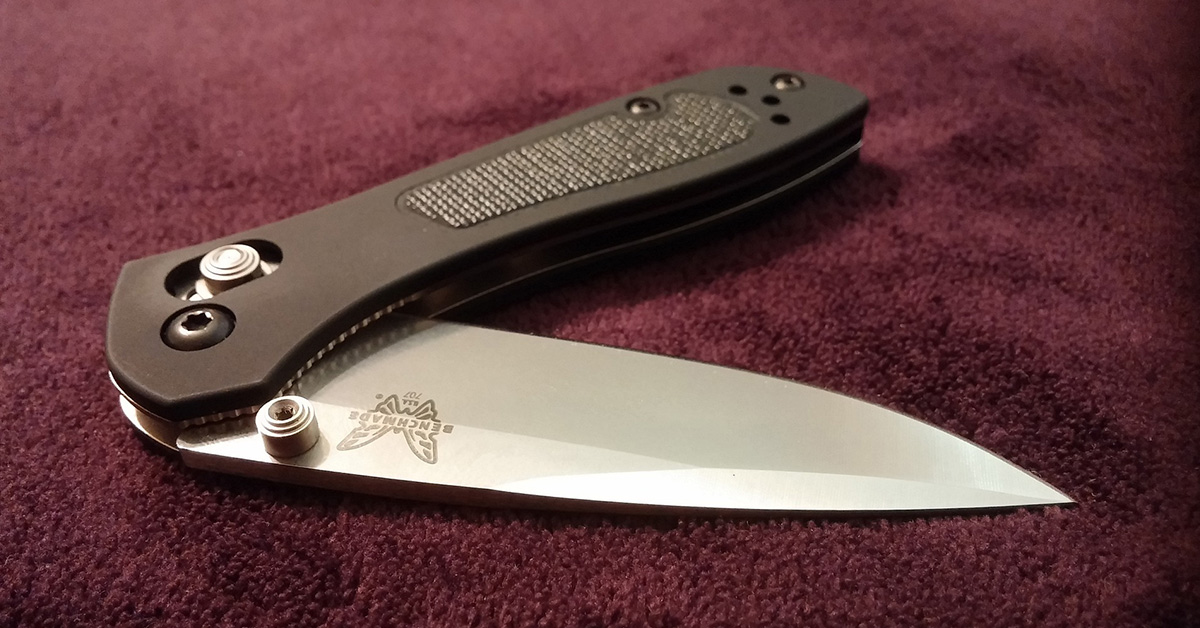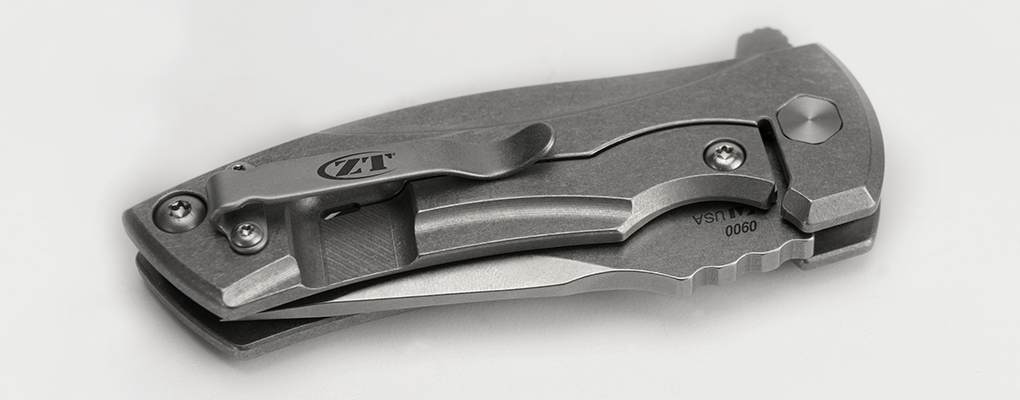If you’ve ever bought something from an online store, you may have noticed the term MAP in fine print somewhere. Standing for Minimum Advertised Pricing, MAP plays a pretty big role in how much you pay for things — whether it’s knives, water canteens, or televisions.
Because we are a knife store, we thought we’d look at the pros and cons of MAP policies and how they affect you.
What is Minimum Advertised Pricing (MAP)?
We’ll start with the basic definition: MAP is a policy that sets the lowest possible price you can advertise something. For online stores, this means that the prices displayed must be at or above the amount established by the manufacturer.
To be clear, MAP only deals with the minimum advertised price, not necessarily how much the item can actually be sold for. So even at online stores, you can buy items conforming to MAP at cheaper prices. More on that later though.
Another thing to clarify is that not all manufacturers have MAP policies. Only a few actually have the policies and I think even fewer really enforce the policies. We’ll go into detail later but knife brands like Schrade, Case, and KA-BAR don’t have MAP policies while others like Benchmade, Spyderco, and Hogue do.
What is Manufacturer’s Suggested Retail Price (MSRP)?
You’ve likely seen MSRP next to prices as well. This is the Manufacturer’s Suggested Retail Price or what price the manufacturer thinks the item should be sold at. This is just a general guideline and you’ll often see the street price significantly lower on these items (especially if they don’t have a MAP policy).
Why Does MAP Exist?
There are often raging debates about the benefits and drawbacks of MAP policies on BladeForums.
For the consumer, MAP can feel like a greedy money grab from manufacturers who are trying to keep prices high. I understand where that’s coming from too. MAP can prevent consumers from getting deals on their products and it prevents stores with the means to sell at lower margins.
But there is often a reason for implementing MAP policies. Some companies do it to protect their reputation. Spyderco, for example, has a great reputation in the knife world but having some of their models at dirt cheap prices while other models are higher could theoretically devalue all the knives. Sure, this is hard to believe in theory, but that is part of the idea behind MAP.
The other reason is that it helps small businesses like Knife Depot. We are a small business that sells knives for as low as we can while still making enough money to pay our robust customer service staff and simply operate. We can’t compete with online giants like Amazon that have significantly lower prices because of their infrastructure and ability to have lower margins.
What MAP does is puts all stores on equal footing. This is also meant for mom and pop brick and mortar stores who have to compete with online stores like Amazon or retail giants like Walmart.
Is MAP Illegal?
Wait, doesn’t this sound an awful lot like price fixing, which is illegal? Price fixing is when competing businesses agree to sell something at a certain price. For example, let’s say Amazon and Walmart agree to sell every fan at more than $100. That would be price fixing. Instead, MAP comes from the manufacturer itself.
In theory, MAP only deals with advertised pricing, though some manufacturers are extremely fickle about the pricing and frown upon sales below that price as well. Also, retailers can actually advertise at prices below what they recommend, but manufacturers hold the right to punish those retailers.
MAP policies can be found illegal if they do not conform to the law, however. Here’s more from the Federal Trade Commission on that.
Are There Ways Around MAP?
Yes, there are ways around MAP.
For example, an ecommerce store may show a microwave at the minimum price with a little note that says “Special Sale: Actual Price Shown in Shopping Cart.” The actual price you buy it for will then show up later in the checkout process.
Another way people can get around MAP is by including a bonus reward with the item. If you’re buying a TV at MAP, a retailer may throw in a Blu Ray player as a bonus.
Free shipping can also be an incentive.
Whether a manufacturer with MAP policies allows this type of skirting the policy depends on the verbiage and enforcement.
What Happens If MAP is Violated?
Full Disclosure: Knife Depot has accidentally violated MAP policies in the past due to some poorly worded advertising. A knife manufacturer came down hard on us and did not allow us to sell their knives anymore. Even vague wording that a sale may apply to an item under MAP can be grounds for punishment.
While we were eventually able to sell the knives again after an explanation of our mistake, we run the risk of being permanently banned from selling a knife next time.
Which Knife Companies Have MAP Policies?
A small but growing number of knife manufacturers are adopting MAP policies. Spyderco was the most recent high profile company to adopt MAP starting in 2016. It was announced on Spyderco Forums in late 2015 in an interesting statement. Here’s an excerpt:
We wanted to make everyone aware we are implementing a change for 2016 that you should hear directly from us. Spyderco will be implementing a Minimum Advertised Pricing (MAP) Policy with our retailers that will go into effect January 1, 2016. This means that there can be no advertisements on-line or in print at a price lower than 40% off of MSRP. We are also not raising prices on nearly all of our product line. Our policy is slightly unconventional and is designed with everyone in mind.
The change was a bit controversial among consumers with some calling it price-fixing (which it is not) and others appreciating the openness.
Other brands such as Benchmade, Chris Reeve Knives, Hogue, Zero Tolerance, and SOG also adhere to MAP policies, which is why you’ll often see them at the same price at stores around the internet.







September 19, 2017 at 1:21 pm
So can i contact you and ask for a discount on a particular knife? Therefore avoiding MAP
June 23, 2020 at 3:48 pm
small business owner myself, MAP is often critical in helping us keep our doors open. Prior to owning my own business, I admittedly was an Amazon junky but now understand the detrimental effects to my community, etc. The other piece I have learned is that when dealing with the giants like Walmart, Amazon, phone companies, cable companies, etc., customer service is often synonymous with lip service. Those giant companies may tell you they care about customer service but rarely truly practice it and the employee on the other end of brutally long phone call, really does not care if you are happy or not.
June 23, 2020 at 3:49 pm
Oops… that should have started with “I am a small business…”